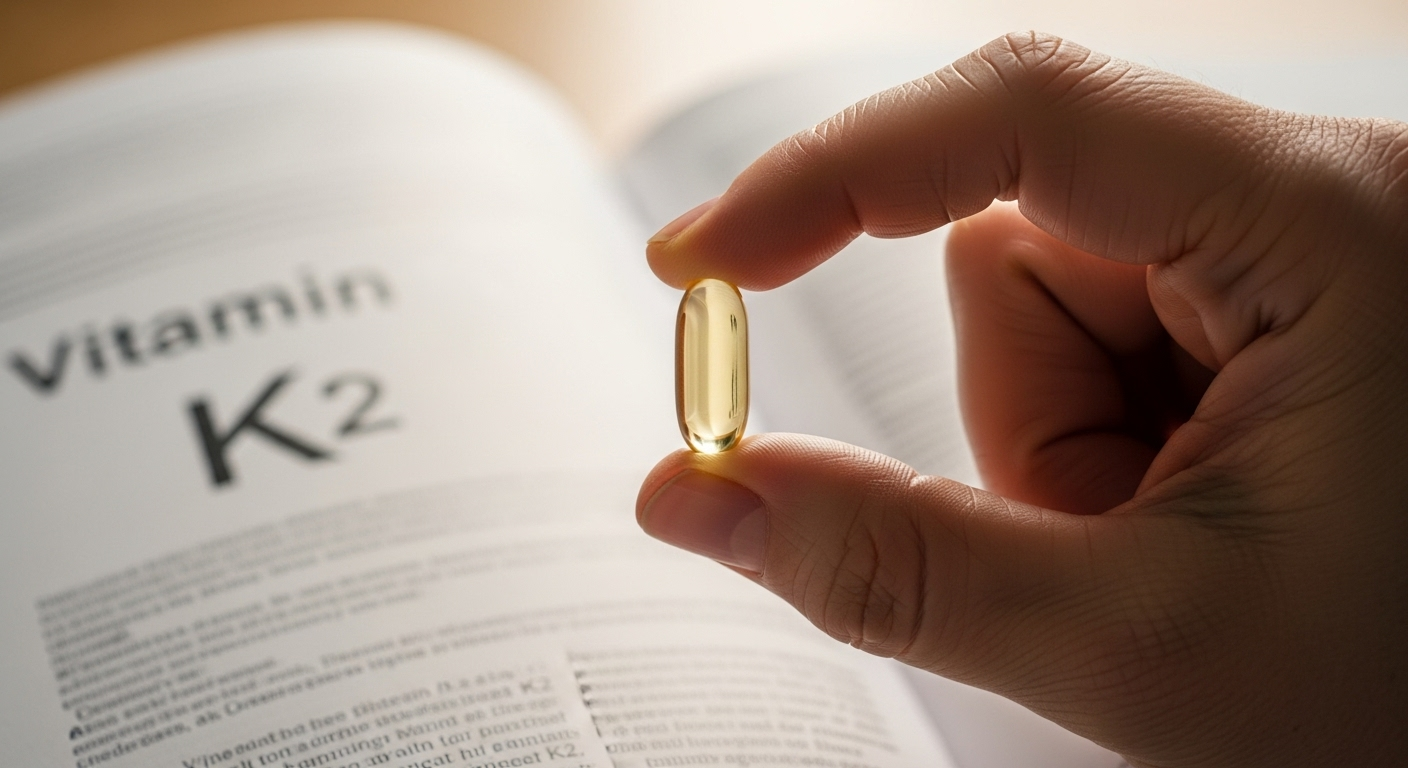Astaxanthin: The Unsung Hero of Carotenoids
Nestled within the vast world of vitamins and supplements lies a hidden gem that's slowly gaining recognition for its exceptional properties. Astaxanthin, a powerful antioxidant belonging to the carotenoid family, has been quietly making waves in the health and wellness industry. This vibrant red pigment, found naturally in certain algae and the marine animals that consume them, boasts an impressive array of potential health benefits. From enhancing skin health to supporting cardiovascular function, astaxanthin's versatility has caught the attention of researchers and health enthusiasts alike. As we delve deeper into the science behind this remarkable compound, we'll uncover why astaxanthin might just be the next big thing in the world of nutritional supplements.

While astaxanthin has been present in nature for millennia, its potential as a dietary supplement wasn’t recognized until the late 20th century. Japanese researchers first isolated and identified astaxanthin in the 1970s, paving the way for further studies into its unique properties. Since then, interest in this powerful antioxidant has grown steadily, with an increasing number of scientific investigations exploring its diverse health benefits.
The Antioxidant Powerhouse
At the heart of astaxanthin’s appeal lies its exceptional antioxidant capacity. Antioxidants play a crucial role in neutralizing harmful free radicals in our bodies, which can cause oxidative stress and contribute to various health issues. What sets astaxanthin apart from other antioxidants is its remarkable potency and versatility.
Studies have shown that astaxanthin’s antioxidant activity can be up to 6,000 times stronger than vitamin C and 100 times more potent than vitamin E. This impressive strength is attributed to astaxanthin’s unique molecular structure, which allows it to span the entire width of a cell membrane and protect both the inner and outer layers from oxidative damage.
Moreover, unlike some other antioxidants, astaxanthin doesn’t become pro-oxidant under certain conditions. This means it can continue to offer protective benefits without the risk of causing harm, even at high doses. This exceptional safety profile, combined with its potency, makes astaxanthin a particularly attractive option for those seeking comprehensive antioxidant support.
Skin Deep: Astaxanthin’s Cosmetic Potential
One of the most exciting areas of astaxanthin research is its potential to enhance skin health and appearance. As we age, our skin becomes more susceptible to damage from UV radiation, pollution, and other environmental stressors. Astaxanthin’s powerful antioxidant properties make it an ideal candidate for combating these effects and promoting overall skin health.
Several studies have demonstrated astaxanthin’s ability to improve skin elasticity, reduce the appearance of fine lines and wrinkles, and enhance skin moisture retention. These benefits are thought to result from astaxanthin’s capacity to protect skin cells from oxidative damage and support the production of collagen and elastin, two crucial proteins for maintaining skin structure and elasticity.
Furthermore, astaxanthin has shown promise in protecting the skin from UV-induced damage. While it’s not a substitute for sunscreen, research suggests that regular astaxanthin consumption may help boost the skin’s natural defense against harmful UV rays, potentially reducing the risk of sunburn and long-term skin damage.
Beyond the Surface: Internal Health Benefits
While astaxanthin’s skin-boosting properties have garnered significant attention, its potential internal health benefits are equally impressive. Research has explored astaxanthin’s effects on various aspects of health, from cardiovascular function to cognitive performance.
In the realm of heart health, studies have indicated that astaxanthin may help reduce inflammation, lower triglyceride levels, and improve blood lipid profiles. These effects could potentially contribute to a reduced risk of cardiovascular disease, although more research is needed to fully understand the long-term implications.
Astaxanthin has also shown promise in supporting eye health. Its ability to cross the blood-retinal barrier allows it to accumulate in the eyes, where it may help protect against oxidative stress and reduce the risk of age-related macular degeneration.
Moreover, preliminary research suggests that astaxanthin might have neuroprotective properties, potentially benefiting cognitive function and reducing the risk of neurodegenerative diseases. While these findings are still in their early stages, they highlight the diverse potential of this remarkable compound.
From Algae to Supplement: Production and Sustainability
As interest in astaxanthin grows, so does the demand for sustainable and efficient production methods. While natural sources like salmon and krill contain astaxanthin, the most common method for commercial production involves cultivating Haematococcus pluvialis algae.
This process typically takes place in controlled environments, such as photobioreactors or open ponds, where the algae are exposed to specific conditions that trigger astaxanthin production. Once the algae have accumulated sufficient levels of astaxanthin, they are harvested, dried, and processed to extract the valuable compound.
The cultivation of astaxanthin from algae offers several advantages over harvesting it from marine animals. It’s more sustainable, as it doesn’t deplete wild fish populations, and it allows for greater control over the purity and concentration of the final product. Additionally, algae-derived astaxanthin is suitable for vegetarians and vegans, expanding its potential market.
However, challenges remain in scaling up production to meet growing demand while maintaining quality and affordability. Researchers and manufacturers are continually working to optimize cultivation techniques and improve extraction methods to enhance efficiency and reduce costs.
The Future of Astaxanthin: Challenges and Opportunities
As astaxanthin continues to gain recognition in the health and wellness sphere, it faces both exciting opportunities and notable challenges. On the research front, while existing studies have yielded promising results, more large-scale, long-term clinical trials are needed to fully establish astaxanthin’s efficacy for various health applications.
Another hurdle lies in consumer awareness and education. Despite its potential benefits, astaxanthin remains relatively unknown compared to more established antioxidants like vitamins C and E. Marketing efforts and public education initiatives will be crucial in helping consumers understand the unique properties and potential advantages of astaxanthin supplementation.
Regulatory considerations also play a role in shaping astaxanthin’s future. As with any dietary supplement, manufacturers must navigate complex regulatory landscapes to ensure compliance with safety and labeling requirements across different markets.
Despite these challenges, the future looks bright for astaxanthin. Ongoing research continues to uncover new potential applications, from sports nutrition to pet health. As production methods improve and consumer awareness grows, astaxanthin may well cement its place as a staple in the world of nutritional supplements.
In conclusion, astaxanthin stands out as a fascinating and promising compound in the realm of vitamins and supplements. Its exceptional antioxidant properties, coupled with its diverse potential health benefits, make it a subject worthy of continued research and attention. As we learn more about this powerful carotenoid, it may prove to be a valuable tool in our quest for better health and well-being.




